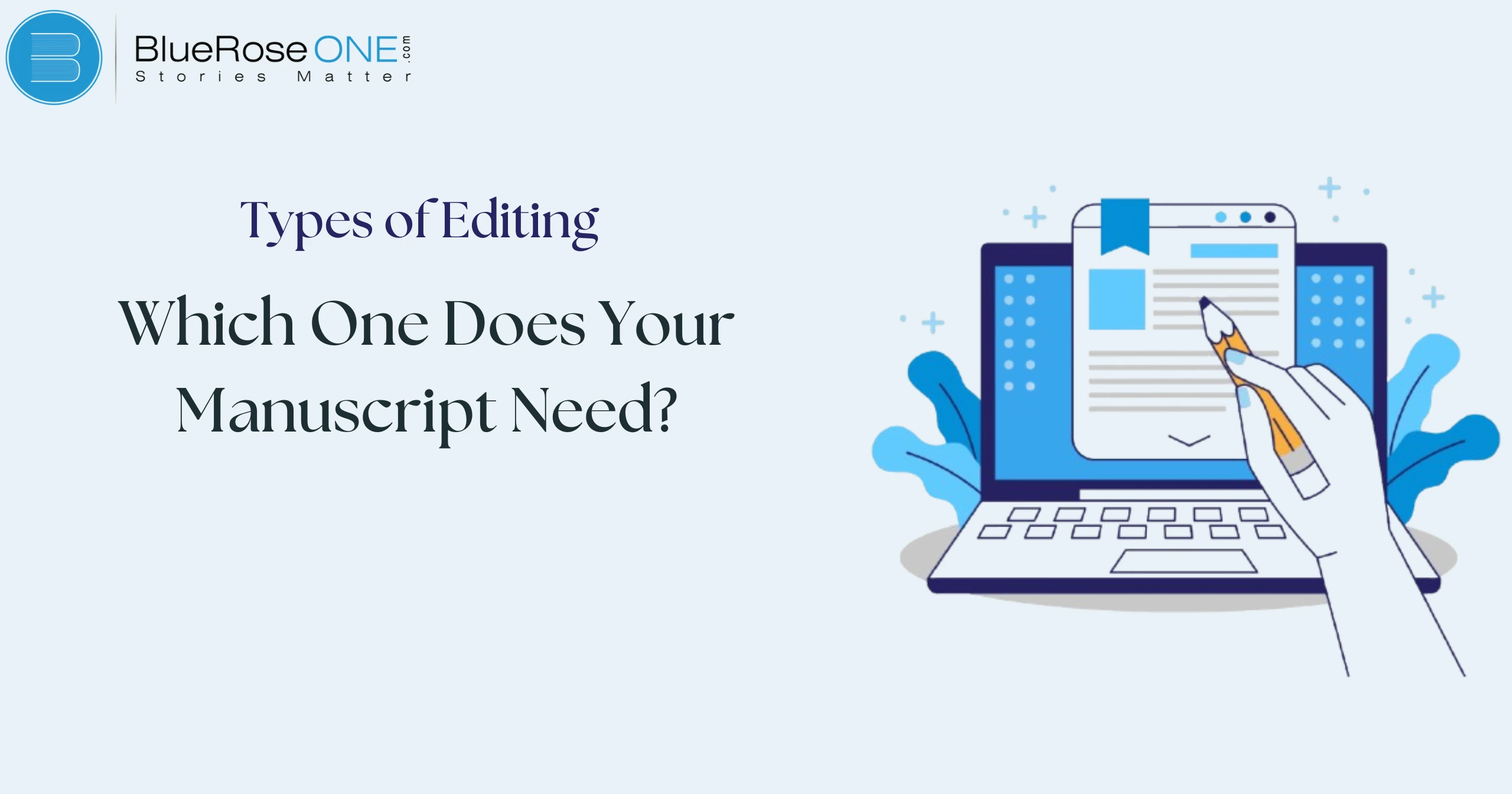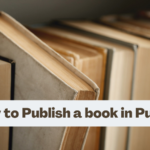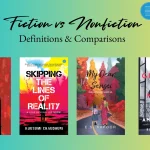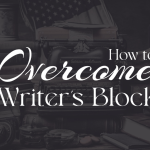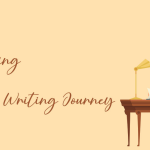Introduction to Editing
Congratulations! Your manuscript is now complete! However, the adventure is far from over. It’s time to polish your work now to make sure it’s at its best. Editing is used in this situation. Editing is a multi-layered process that makes sure your text is coherent, well-structured, and interesting. It goes beyond simply correcting language mistakes.
Why Editing Is Essential for Writers
Editing involves more than just a cursory glance. It’s an essential step in the writing process that has the power to make or ruin your work. No matter how amazing your thoughts are, shoddy editing might make readers lose interest or become confused. Good editing removes any uncomfortable or confusing portions from your text and helps to improve its flow and structure.
Finding those annoying typos and grammatical mistakes that sometimes evade detection even after several readings is another reason editing is so important. However, did you know that there are various editing styles, each tailored to target particular areas of your manuscript?
Let’s examine the various editing styles and determine which one is best for your manuscript.
Types of Editing
Not every editing is made equally. Different editing techniques concentrate on various aspects, such as grammar, sentence flow, and structure in addition to content. Below is a summary of the most typical forms of editing.
Developmental Editing
Focus on Big Picture
In developmental editing, the big picture is everything. This kind of editing concentrates on your manuscript’s general organization and content. A developmental editor will assist you in identifying and resolving any story, character, or pacing flaws in your book.
What Does Developmental Editing Fix?
If you’re not sure whether your story makes sense as a whole, developmental editing can be quite helpful. Plot holes, inconsistent character arcs, pacing problems, and unclear themes can all be resolved with its assistance. This style of editing is the most extensive and is intended to help your tale reach its maximum potential.
Line Editing
How Line Editing Enhances Flow
The focus of line editing is on the language you use to tell your tale. It all comes down to how your writing flows and is styled. A line editor will go over your work line by line, ensuring that every sentence is interesting, succinct, and clear. They will offer suggestions for how to make your writing more readable without compromising your style or the meaning you intend to convey.
Difference Between Line Editing and Copyediting
Many authors mix up copyediting with line editing, but they are two different things. While copy editing concentrates more on minute things like syntax, punctuation, and spelling, line editing is more concerned with style and flow. Line editing is best if your manuscript requires a style makeover.
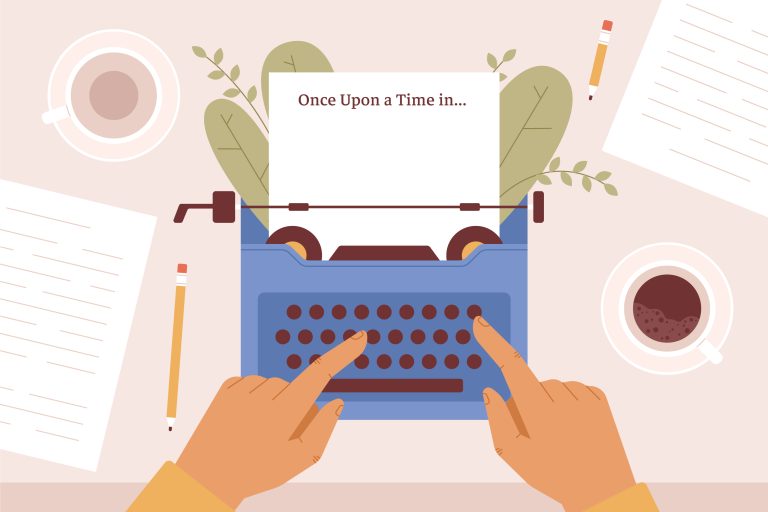
Copy Editing
Fixing Grammar and Syntax
Correcting grammar and syntax is a crucial part of copyediting that will help you polish your document. This procedure guarantees that your work is clear and polished by ensuring that phrases flow naturally and adhere to grammar rules.
It entails fixing problems with subject-verb agreement, improper punctuation, and clumsy sentence construction. Copyeditors improve the readability of your work by paying close attention to language and syntax, which makes it easier for readers to comprehend and more engaging.
Consistency and Clarity
Copying makes ensuring your work is coherent and readable, which makes it simpler for readers to follow. This procedure includes ensuring that the formatting, spelling, and punctuation are consistent across the document. It also fixes clunky or unclear sentences to make sure the material flows naturally.
While clarity removes confusion and improves reading, consistent usage of vocabulary, tone, and style also improves the effectiveness of your message. To provide a polished, professional text, copyediting is necessary.
Proofreading
Final Touches Before Publishing
The final stage before releasing your manuscript is proofreading. It concentrates on identifying minute faults that may have escaped earlier editing, such as typos, spelling errors, punctuation errors, and minor grammatical errors. This step guarantees that your work appears polished and expert.
Instead of making significant modifications to the manuscript’s content or organization, proofreaders usually focus on fixing minor errors to give your work a polished appearance before sharing it with readers.
What Proofreaders Look For
Proofreaders concentrate on identifying tiny mistakes that are simple to miss. This covers typographical, grammatical, punctuation, and spelling errors. Additionally, they look for consistency in the font style and page numbers. The last step of editing is proofreading, which guarantees that the work is flawless and error-free before being published.
Proofreaders concentrate on accuracy and clarity rather than suggesting significant content changes or rewriting sentences, in contrast to deeper editing levels.
Structural Editing
Reshaping the Structure
During structural editing, reshaping the structure focuses on rearranging the text to enhance clarity and flow. To achieve a more cohesive story, this entails rearranging the chapters, scenes, or parts. It could also entail adding or removing stuff to make sure the plot progresses sensibly. The editor makes sure that the story arc is powerful and well-balanced overall and that the pacing keeps readers interested by rearranging the framework.
Common Issues Fixed in Structural Editing
The general organization and flow of a manuscript are the main concerns of structural editing. Consistencies in the storyline, pacing, character development, and themes are frequently resolved in this way. Editors could advise changing the order of the chapters, including or excluding scenes, and fortifying the storyline.
This kind of editing is crucial for strengthening a book’s foundation since it guarantees that the tale will flow naturally, keep readers interested, and successfully convey its major point.

Substantive Editing
Heavy Revisions and Rewrites
Substantial editing requires extensive rewrites and revisions. Making significant adjustments to the plot, characters, structure, or topics of your manuscript is part of this process. To improve the flow, editors could recommend deleting sequences that aren’t needed, rearranging portions, or even introducing new chapters.
The goal of these edits is to make your tale stronger at its core so that it draws readers in and conveys a clear, cogent point. This is a crucial stage for manuscripts that require substantial enhancement.
The Role of Substantive Editors
A substantive editor’s job is to concentrate on your manuscript’s general organization and content. They consider broad aspects such as storyline, character growth, tempo, and structure.
Proficient editors assist you in honing your concepts, fortifying the narrative’s flow, and guaranteeing that your message is understood. They might recommend major changes to your work, including rewriting portions or rearranging chapters, in order to increase the consistency and impact of your narrative and draw readers in.
Choosing the Right Type of Editing
Determining What Your Manuscript Needs
The first step in figuring out what your manuscript needs is determining where it is at. Developmental editing could be required if the plot or character development of your story seem undeveloped. Line editing may be useful for improving the flow and clarity of sentences.
Grammar, spelling, and punctuation are checked for accuracy during copy editing, but small errors are checked one last time during proofreading. Knowing where your manuscript is will help you select the best kind of editing to raise its standard and get it ready for publishing.
Combining Different Types of Editing
By taking care of every facet of the writing process, combining several editing techniques might make your book better. While line editing polishes your writing’s style, tone, and flow, developmental editing concentrates on the larger picture, such as story and structure.
Proofreading identifies any last mistakes, while copy editing guarantees proper grammar and punctuation. You may make sure your manuscript is flawless, logical, and prepared for publishing by combining these several forms of editing.
Working With a Professional Editor
Having a competent editor at your side can really help your book go from excellent to great. Select an editor with experience in the kind of editing you require for your book. A superb editor will help you become a better writer in addition to enhancing your paper.
Conclusion
Selecting the right sort of editing for your manuscript can be aided by knowing the many types of editing. Editing is a crucial step in the writing process. There is an editing step to help you polish your work and get it ready for publication, whether you need assistance with the big picture or the little details. Thus, give it some time, spend money on quality editing, and see how your manuscript develops into its best shape.

